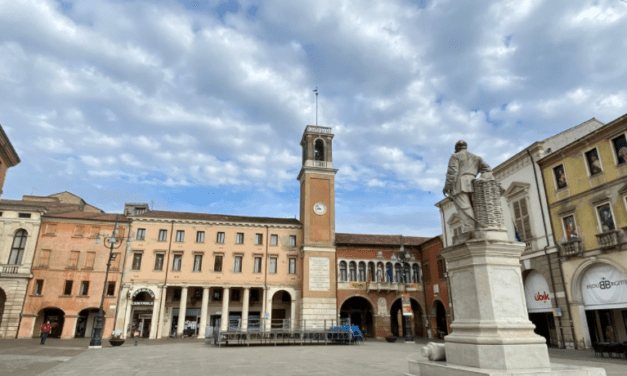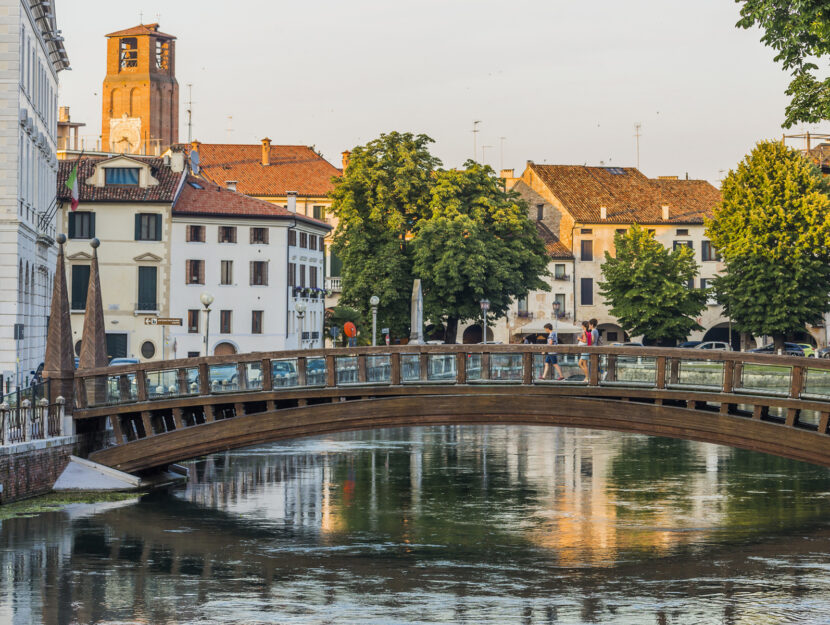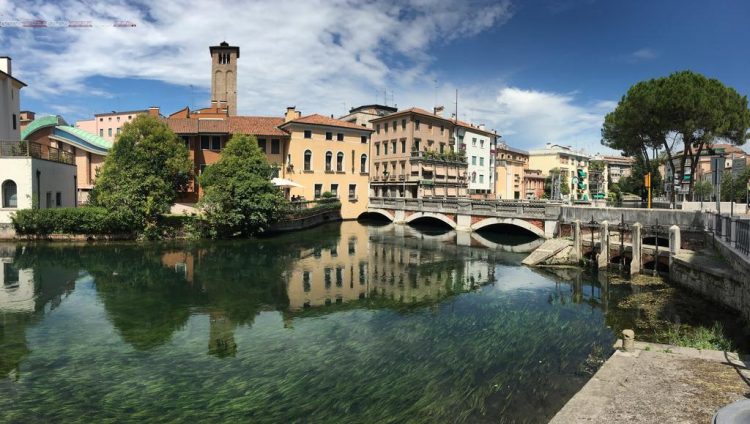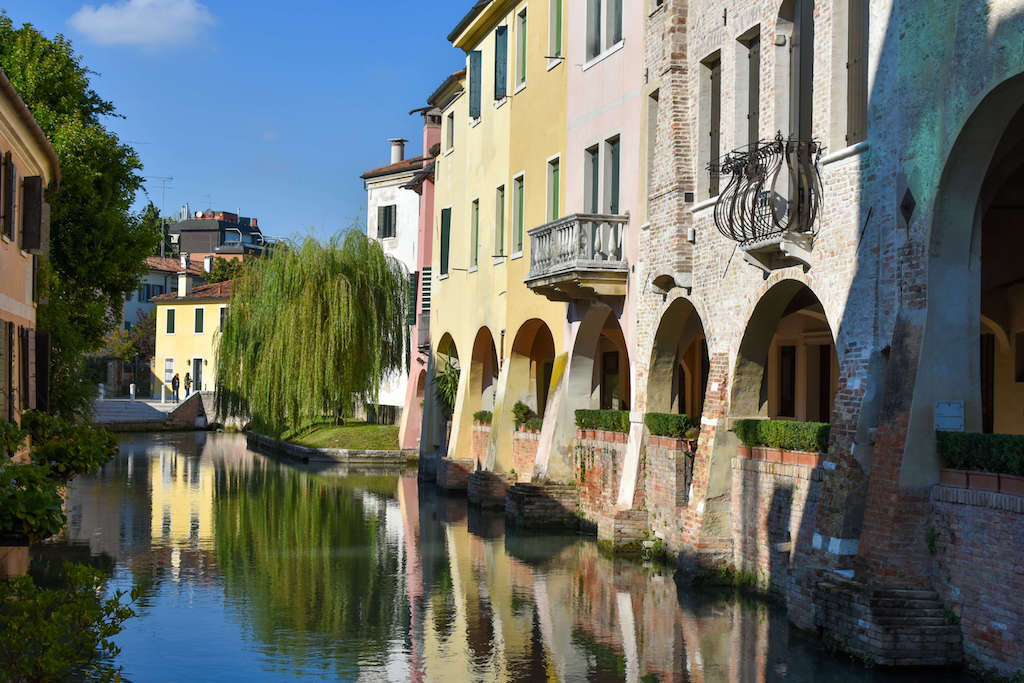


The first mention of Treviso, albeit indirect, appears in the III book of Pliny the Elder's Naturalis historia in which the «Fluvius Silis ex montibus Tarvisanis» is mentioned.

We will have to wait for Venanzio Fortunato's De vita sancti Martini to get a first mention of the toponym «Tarvisus», followed shortly after by the Anonymous Ravennate with «Trabision».

There are also numerous references in Paolo Diacono's Historia Langobardorum: «Tribicium seu Tarbision», «apud Tarvisium» etc. The most probable hypothesis is that Tarvisium, which can be broken down into Tarv-is-ium, is of Celtic origin: in fact we recognize tarvos "bull" and the formant -is- typical of Gallic toponyms.

The city of Treviso, linked to a long religious and monastic tradition that has interested it for many centuries, preserves many religious architectures: inside the walls there are the oldest churches and the surviving monasteries; in the more modern districts, developed in the twentieth century, there are the relative parish churches, examples of modern and contemporary religious architecture.
Treviso
Address: Via del Municipio 16 31100
Phone: Highlights info row image 0422 6581
Site:
https://www.comune.treviso.it/Location inserted by
Pierpaolo Dori